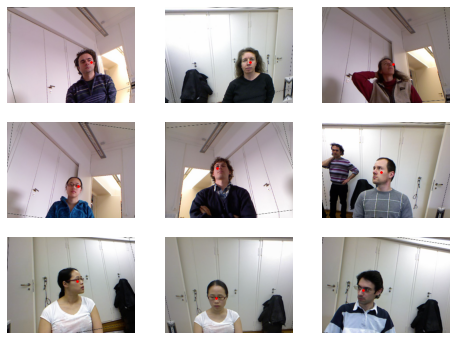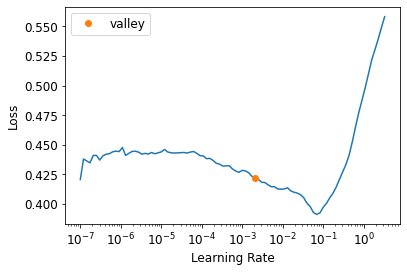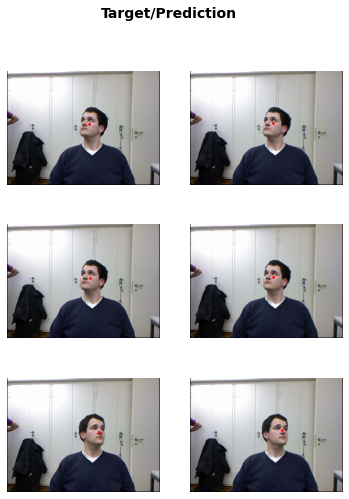! [ -e /content ] && pip install -Uqq fastbook
import fastbook
fastbook.setup_book() |████████████████████████████████| 719 kB 13.1 MB/s
|████████████████████████████████| 1.3 MB 27.4 MB/s
|████████████████████████████████| 5.3 MB 41.8 MB/s
|████████████████████████████████| 441 kB 48.6 MB/s
|████████████████████████████████| 1.6 MB 23.9 MB/s
|████████████████████████████████| 115 kB 50.9 MB/s
|████████████████████████████████| 163 kB 42.7 MB/s
|████████████████████████████████| 212 kB 18.8 MB/s
|████████████████████████████████| 127 kB 52.8 MB/s
|████████████████████████████████| 115 kB 48.9 MB/s
|████████████████████████████████| 7.6 MB 45.9 MB/s
Mounted at /content/gdrive





